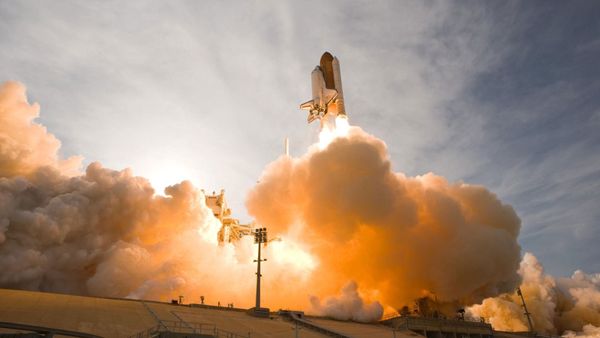In 1986, the movie "Space Camp" flared the imaginations of kids everywhere. The film featured a bunch of mismatched, teenage geniuses who accidentally ended up in space. When it turned out that space camp wasn't just a product of Hollywood and actually existed, the fascination only got bigger. About 750 students attended Space Camp in Huntsville, Ala., in 1982, the year the movie opened; the summer after it hit theaters, 12,000 signed up.
Marketing brilliance and fantasy plotlines aside, the real Space Camp at the U.S. Space and Rocket Center is a worthy endeavor. True, there's no chance whatsoever of students ending up accidentally launched into space. Even with an emotional AI robot pushing buttons in the control room, Max never would have been on a real space shuttle in the first place. NASA's not in the practice of letting teenagers mess around on the shuttle. It's actually not even the organization behind Space Camp.
Advertisement
So what's the big draw if there's no long-shot surprise space flight involved? In short: simulators. Simulators so realistic, they make Alabama feel like real, live outer space.
In this article, we'll see what Space Camp is all about. It's no one-size-fits-all setup. There are different programs, different specialties within programs and different reasons to go. First, though, let's start with the question that's on most of our minds: Can a 40-year-old go to camp?
Advertisement






